
Through the Pinhole
By Storybird

22 Oct, 2023

Our protagonist, a curious scientist named Eli, found himself fascinated by the concept of image generation. He had always been intrigued by how light, channeled through a small hole, could produce an image.
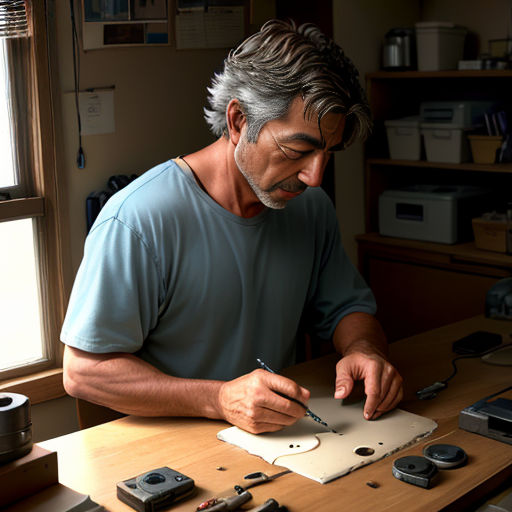
Eli spent countless hours in his makeshift lab, tinkering away on his newest invention: a pinhole camera. The camera, he believed, held a magic that digital technology simply couldn't replicate.

His first challenge was to understand the physics behind the pinhole camera's operation. The idea seemed simple: a small hole allows light to pass through, creating an inverted image on the opposite side.

As the day turned into night, Eli worked relentlessly, studying the relationship between the hole's size and the image's clarity. The smaller the hole, the sharper the image, but also the dimmer.

Soon, he began experimenting with his pinhole camera. Different scenes, different lighting conditions, all to understand the nuances of this primitive yet fascinating image-capturing device.
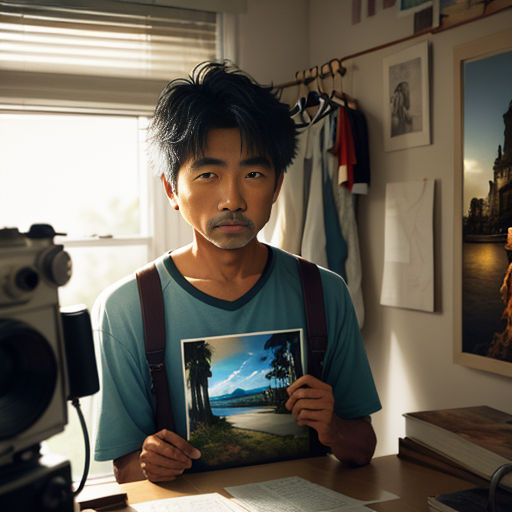
The images Eli captured were surreal. They were blurry and imperfect, yet held an undeniable charm. Each image was unique, telling a story that digital photography could never replicate.

Eli's fascination with his camera grew day by day. He began taking it everywhere, capturing the world around him through the tiny pinhole. People, places, moments in time, all immortalized on film.
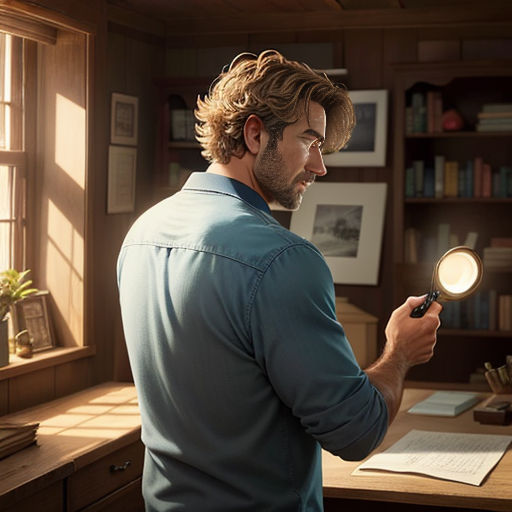
Over time, he noticed something peculiar. Some images contained elements that weren't visible to the naked eye. Shadows that weren't there, figures that seemed to be out of place.

Intrigued, he began to investigate. He enhanced the images, studied them closely, and made a startling discovery. The camera wasn't just capturing light; it was capturing energy, emotions.
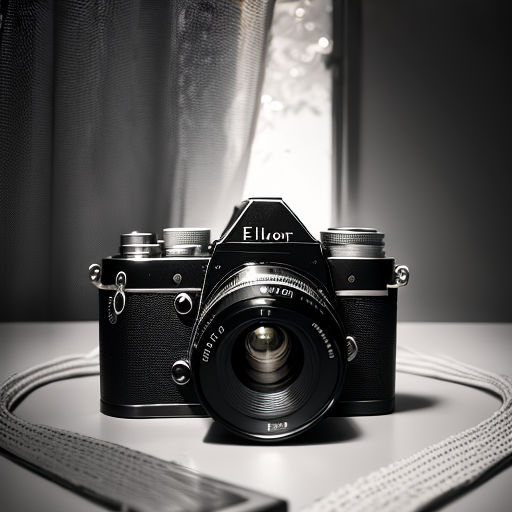
Eli realized that the camera was more than a scientific tool; it was a bridge connecting the physical and emotional realms. It was capturing the essence of the moments, the raw emotions that permeated the air.

The discovery was both exhilarating and overwhelming. Eli was holding a device that could potentially revolutionize the way humans perceive the world around them. A device that captured not just images, but emotions.
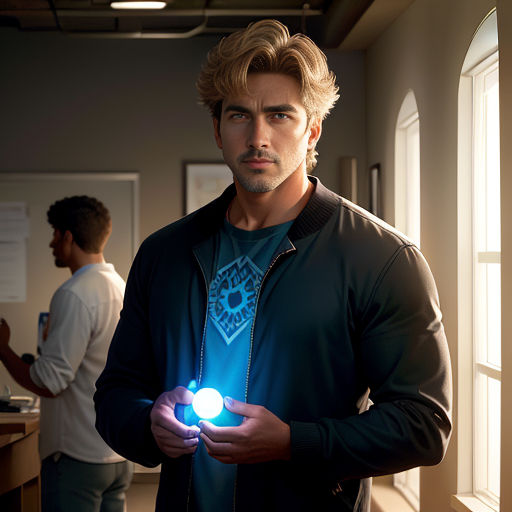
But with great power comes great responsibility. Eli wrestled with the ethical implications of his discovery. Should he share it with the world? Or keep it hidden, fearing misuse?
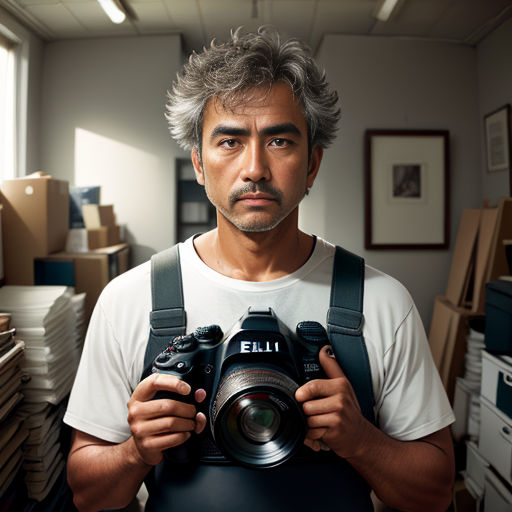
Days turned into weeks as Eli grappled with his decision. He continued to use the camera, capturing the world in its raw, emotional state. Each image was a testament to the camera's power.
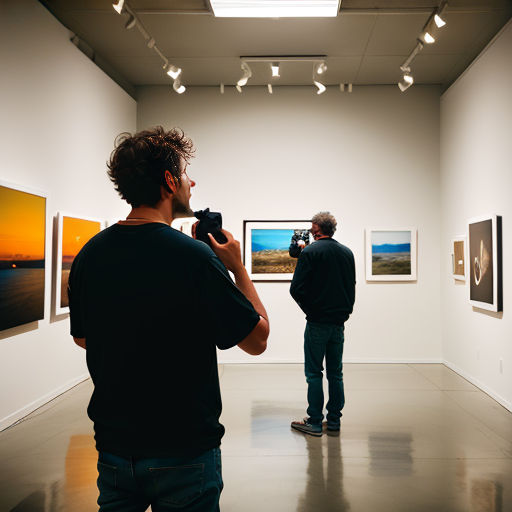
In the end, Eli decided to share his discovery with the world. He believed in the power of knowledge, in the potential of his camera to change perspectives and foster empathy.
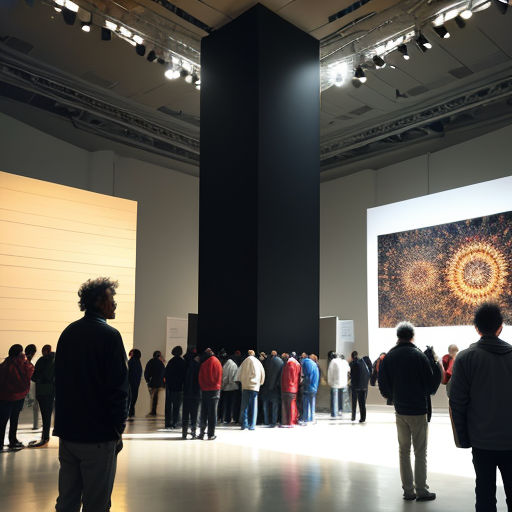
He revealed his pinhole camera to the world, explaining its unique ability to capture emotions. The world was in awe, and the scientific community was abuzz with the possibilities this new technology held.

Eli's camera revolutionized photography. People started seeing the world in a new light, literally and figuratively. Emotions, once invisible, were now visible, tangible.

Eli continued his work, refining his camera, improving its capabilities. He dedicated his life to understanding the relationship between light, emotions, and image generation.

His fascination with the pinhole camera never faded. Even as his hair turned completely grey, his eyes still sparkled with curiosity and wonder every time he captured an image.
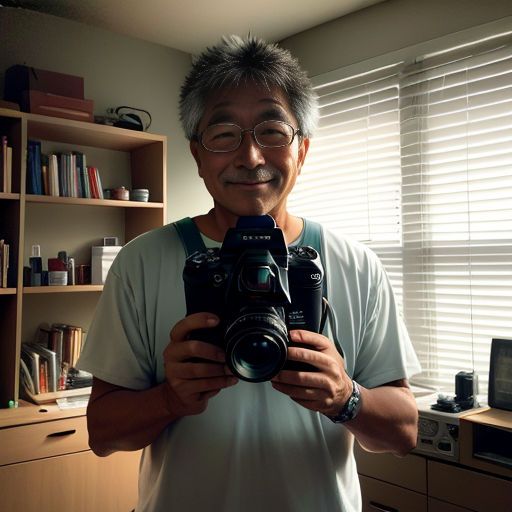
Eli's journey with the pinhole camera taught him more than just science. It taught him about life, about emotions, about the unseen energy that connects us all.

He found magic in the mundane, beauty in the banal. Through the tiny pinhole of his camera, Eli saw the world in all its raw, emotional glory.

As Eli grew older, his fascination with the pinhole camera only deepened. He continued to capture the world around him, each image a testament to his journey and his discoveries.

Eli's pinhole camera became a symbol of his life's work, of his desire to understand the world beyond what the eyes could see. It became a symbol of his curiosity, his passion, and his unwavering belief in the power of science.

In his twilight years, Eli would often sit in his lab, the pinhole camera in his hand, contemplating the journey he had embarked upon. The images he had captured, the emotions he had felt, the discoveries he had made.
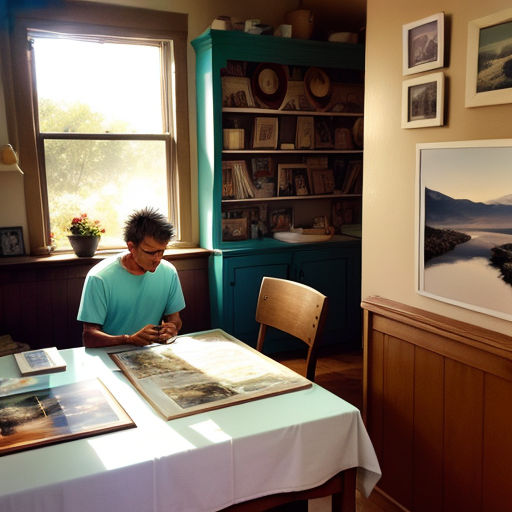
Each image was a piece of his life, a fragment of his soul, a memory frozen in time. And each image held a unique story, a unique emotion, a unique moment captured through the magical lens of his pinhole camera.

As he looked through the images, Eli realized the power of his camera. It was not just a tool for capturing light; it was a device for capturing life. It was a magical window into the raw, emotional fabric of the universe.

Eli passed away at a ripe old age, leaving behind a legacy of scientific discovery and emotional insight. His camera, his life's work, continued to inspire generations to see the world in a new light.

His journey with the pinhole camera was a testament to the power of curiosity, the beauty of discovery, and the magic of capturing moments. It was a testament to the power of science and the power of emotions.

Eli's story serves as a reminder to us all. A reminder to keep exploring, to keep questioning, to keep capturing moments. For in every moment, in every emotion, there lies a story waiting to be captured.

And so, through the pinhole, Eli's legacy lives on. His camera continues to capture moments, emotions, and stories, reminding us of the magic and wonder that exists in our everyday lives.

Eli's journey with the pinhole camera, his discoveries, and his legacy continue to inspire us. His story is a testament to the power of curiosity, the beauty of discovery, and the magic of capturing moments.